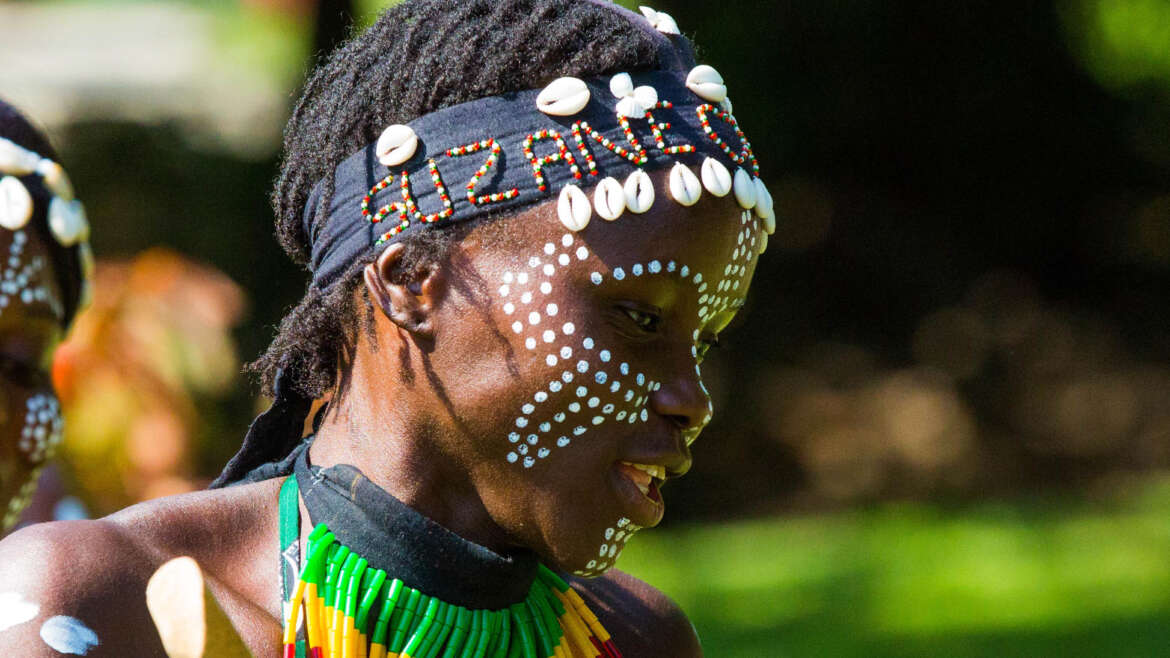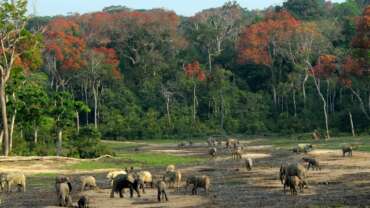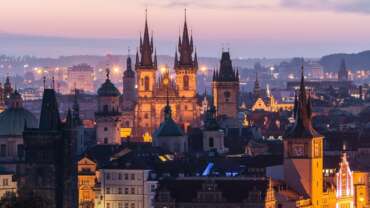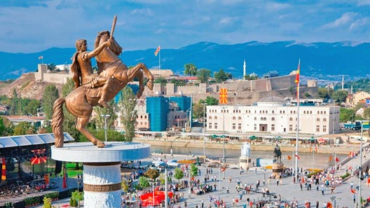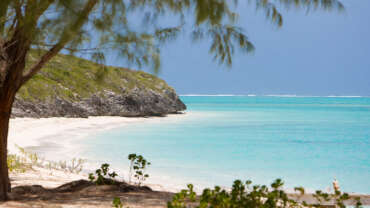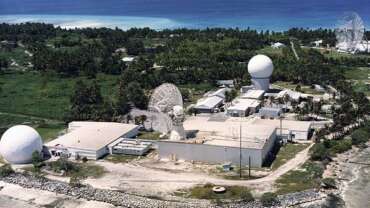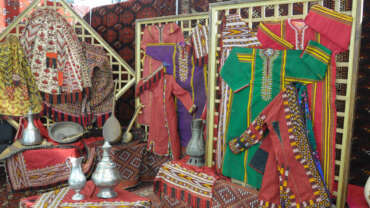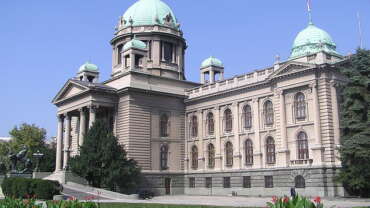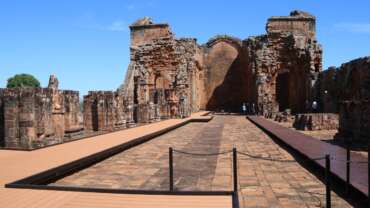The Gambia - The Smiling Coast of Africa
The Republic of The Gambia commonly referred to as the Smiling Coast of Africa, is situated in the western region of Africa. It has a land area of 11,295 sq. km (4361 sq. miles) with an estimated population of 2,000,000. The agriculturally fertile country, dominated by farming, fishing and tourism has its capital in Banjul.
The official language is English and the local languages (dialects) include but not limited to Mandinka, Wolof, Fula, Serer, Jola, Manjago, Karoninka, Sarahule and Aku.
The Gambia has two distinct seasons; wet and Dry Season. The Wet Season is characterized by rains and is usually short from June to October, with most of the precipitation falling within an hour or less. The Dry Season ranges from November to May and during this period, the months of November to March are cool and usually characterized by intermittent chilly breeze (warm for most Europeans). January to April is often associated with the Harmattan winds that blow from the Indian and Atlantic Oceans.
Tourism in The Gambia has become the fastest-growing sector of the economy as visitors coming in every year are drawn by its beaches, birds, sunshine, the culture and the country’s biggest asset – the friendliness and hospitality of The Gambian people along with the peace, security and political stability of the country. This has been the case since independence in 1965 and hence the reason why The Gambia is known as ”the Smiling Coast of Africa”.
History of The Gambia
The first written accounts of the West Africa region came from records of Arab traders in the 9th and 10th centuries AD, who established the trans – Saharan trade route for slaves, gold and ivory. The Portuguese took over this trade using maritime routes in the 15th century. At that time, The Gambia was part of the Mali Empire. Between 1651 and 1661 part of Gambia was (indirectly) a colony of Polish-Lithuanian Commonwealth. The Colanders settled on the kunta Kinteh Island (James Island), which they called St. Andrews Island and was used as a trade base from 1651 until its captivity by the British in 1661.
The 1783 Treaty of Paris gave Great Britain possession of The Gambia, but the French retained a tiny enclave at Albreda on the north bank of the river, which was finally ceded to the United Kingdom in 1857.
It is believed that as many as three million slaves may have been taken from the West Africa region during the three centuries that the transatlantic slave trade operated. Slaves were initially sent to Europe to work as servants until the market for more labor was expanded in the West Indies and North America in the 18th century. In 1807, slave trading was abolished throughout the British Empire and the British tried unsuccessfully to end the slave trade in The Gambia. They established the military post of Bathurst (now the capital city, Banjul) in 1861. In 1888, The Gambia became a separate colonial entity. A year later an agreement with France established the present boundaries and The Gambia became a British Crown Colony, divided for administrative purposes into the colony (city of Banjul and the surrounding area) and the protectorate (remainder of the territory). During World War II, Gambian troops fought with the Allies in Burma. Banjul served as an air hub for the U.S. Army Air Corps and a port of call for Allied naval convoys. U.S. President Franklin D. Roosevelt stopped overnight in Banjul en route to and from the Casablanca Conference in 1943, marking the first visit to the African Continent by an American president whilst in office.
The Gambia achieved independence on 18th February, 1965, as a constitutional monarchy within the Commonwealth. Five years later, on the 24th April, 1970, The Gambia became a Republic within the Commonwealth, with Sir Dawda Kairaba Jawara as the first Prime Minister and head of state.
Language, Culture & Religion of The Gambia
A classical case of the chicken and egg situation is the relationship between language and culture: does culture mirror language or does language mirror culture? Or are the two inextricable? I believe in the Gambian context, language and culture are interlinked and complimentary. Our language groups are also cultural groups. That is, each and every language group has a corollary cultural sphere. B. K Sagnia has reiterated this in his 1981 study on language issues and policy in The Gambia when he asserted ‘language remains the principal instrument for the expression of a person’s culture and allied institutions’. Therefore, a window into a person’s culture is the use of his language. Language is therefore the ‘most effective instrument for the expression of culture’. Culture can be material like artefacts, and intangible such as traditions and folklore. Language however is only intangible.
In The Gambia, there are five major language groups which are in alphabetical order: Fula, Mandinka, Jola, Serahuli, Wollof. Each of these linguistic groups has peculiar cultures which their language seeks to express in proverbs, myths, riddles, sayings etc. In other words, in The Gambia language helps to express culture. Which is why a way of introducing a Wollof proverb is ‘Wollof Njie ne’ . This shows why people can be so attached to their language because it really is one strong symbol of culture; which is why when a language dies or becomes extinct to use the technical word, a whole culture or at least parts of that culture disappears.
Language helps us to authenticate culture. No ethnic group or people can express the essence of their culture- costumes, cuisine, architecture, riddles, folklore, music- in another language different from that of their culture. When we use our languages to express aspects of our culture we are able to better make others appreciate it. Through the use of foreign language, we are ill-able to express our culture to others.
Thus there is a link also between tourism promotion and national language preservation and use because the use of our national languages can in itself be an attraction in the form of language acquisition classes for tourists. National unity and cohesion, peace and stability which are required for the tourism industry, can be sustained through the promotion and use of national languages.
Gambians are generally polyglot- most speak more languages than that of their cultural origins, which is an asset against tribalism and adds to the cultural flourish and attraction of Destination Gambia.
Language and culture in The Gambia and elsewhere therefore deserve full attention and promotion, because language helps us to promote our cultural values through adequate expression.
Religious Tolerance
The Gambia is one of the most religious tolerant countries in the world. For the most part, Gambians are inter-related regardless of their religious background. It is also not uncommon to find related Muslims & Christians belonging to the same family.
Festivals of The Gambia
ROOTS, a best-selling novel by Alex Haley takes us on an epic journey of slavery and freedom. It began in the rural village of Juffureh and tracking almost five generation of family history across the Atlantic Ocean to the USA and back to The Gambia.
The Gambia’s history is interlaced in this story of survival, love of country, people and freedom, with evidence of tradition and culture still seen today. The trail of Kunta Kinteh, hero of this epic tale, can still be followed from his birthplace Juffureh in rural Gambia.
A converted yacht takes you on a three and a half hour journey to Albreda, a former French trading post. Then, a 15 minute walk will take you to Juffureh, Haley’s ancestral home, where you will meet a descendant of the Kinteh family. You can view the slavery exhibition at the museum in Albreda before boarding the boat and continuing your journey to the former slave fortress of James Island,now called Kunta Kinteh Island, in memory of Kunta Kinteh. On the return journey, you may have the opportunity to swim with the dolphins!!!!
In memory of Kunta Kinteh and other slaves from The Gambia and West Africa, The Gambia Organizes a biannual festival called the ′′International Roots Festival′′ The week long festival is staged in May and attended by locals and international guests from other African countries, The USA, Jamaica, Poland, UK etc. Other Major festivals include but not limited to: The Annual International Food and Beverage Festival (February), The annual Bird Watching Festival (October) and the annual International Boat Fishing Competition (November). These festivals are complemented by other community festivals celebrated throughout the year in various parts of the country.
The Gambian Music
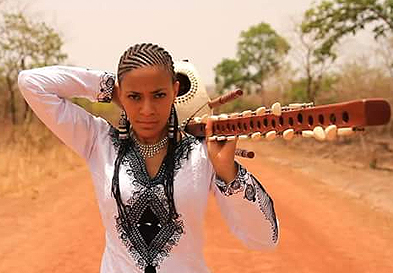
Gambian popular music began in the 1960s, with groups such as The Super Eagles. The Super Eagles traveled internationally, playing ′′merengue′′ and other pop genres with an African flourish, including Wolof lyrics. Later, the group returned to their country’s musical roots; they spent two years travelling around The Gambia and studying traditional music. The outcome was a reformed band, which was called Ifang Bondi, and their style became ′′Afro- Manding′′ blues.
Today, Jaliba Kuyateh and his Kumareh band is the most popular exponent of Gambian Mandinka music, touring internationally on a regular basis. The recent discovery of The Gambia′s international rising star Sonna Jobarteh is an addition to the authentic Kora rhythm with truly Gambian origin. The Gambian music scene is currently thriving, with ingenious raps, dancehall, reggae, afro manding and Mballax delivered in English, Mandinka and Wolof at the popular ′′Open Mic′′ festivals and at other events, especially around the coast.



